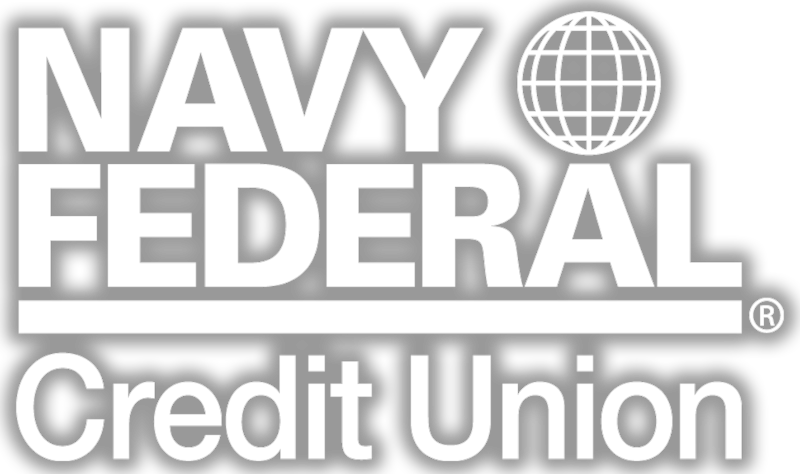Choosing the right credit card is an important financial decision — but with hundreds of different rewards programs to pick from, sifting through and making the right choice can seem daunting. Knowing what to look for before you search can help take some of the pressure off. With a strategic approach, it may even be as easy as 1-2-3!
Follow your cash flow
A recruit just starting out sees a much different financial picture than a servicemember with a few years under their belt — and the ideal card for each is probably different, too. Start by assessing where you are in your financial life. Are you readyfor a credit card? If this is a second or third card, how does it fit in with the rest of your wallet? You may have outgrown the card you chose when you were just starting out, or you may be looking at options that would actually make better sense for you a few years down the road.
Then, take a look at your budget. What does your spending look like? Many cards offer rewards on certain items or at certain locations, such as gas stations or grocery stores. It’s important to understand how and where you plan to use your card in order to pick the one that’s right for you.
Looking at your bank account is an easy way to do this. Take note of what you’re spending the most on and consider a card that rewards you for these purchases. For example, if you see you’re swiping more each month at grocery stores than you are at restaurants, a card that offers more points on dining out probably isn’t the best fit. Instead, maximize your value and go for one that rewards you for your hauls at the supermarket.
Read the fine print
Be sure to read the terms and conditions that come with your card of choice before you decide. Some cards have rewards thresholds. This means if you cross a certain spending point, the rewards value you receive for each additional dollar spent may go down. Let’s go back to that grocery store example: Maybe you earn three points for every dollar spent on groceries. Comb through the fine print to see if there are any limitations on how much you can spend at grocery stores if you want to earn the maximum rewards.
You can use a rewards calculator to predict your earnings on an annual basis. Calculators, like this onefrom Navy Federal Credit Union, let you organize your spending by category so you can see where you’d reap the most rewards.
Watch your rewards points
Keep an eye on your rewards pointsand understand how they add up. 80,000 points sure sounds like a lot — but how valuable is it really? Calculating the baseline value will help you understand how rewards translate to dollars — which comes in handy whether you’re comparing offers or wondering what you’re getting out of your current card. You can do this easily by following the "one-percent rule." Simply remove two zeros from your point total to find the cash redeemable value. So, 80,000 points translates to $8,000. This simple equation works well for one-point programs.
Check your account statementsdaily. Keeping tabs on how much you’re using your card can help you stay on top of payments and see if any changes have been made to your account or program. You’ll also see your rewards add up as you swipe. Knowing how many points you’ve earned thus far will help you see if you’re close to hitting those thresholds.
After you’ve looked at your budget, read up on potential limitations and restrictions, and started spending responsibly — you’re ready to redeem your rewards! Most financial institutions make reward redemption easy. Some offer online shopping portalswhere you can use points to make purchases. You may even be able to put your rewards points toward your balance. If you have questions at any point in the decision making process, touch base with a representative at your bank or credit union — they’ll be able to help you choose and use the most valuable card for you.
You may also like:
· How Your Credit Card Can Be Your Most Powerful Budgeting Tool· Paying off debt: A credit card expert’s guide to balance transfers· Choosing the Right Cash Rewards CardNavy Federal is federally insured by NCUA.






